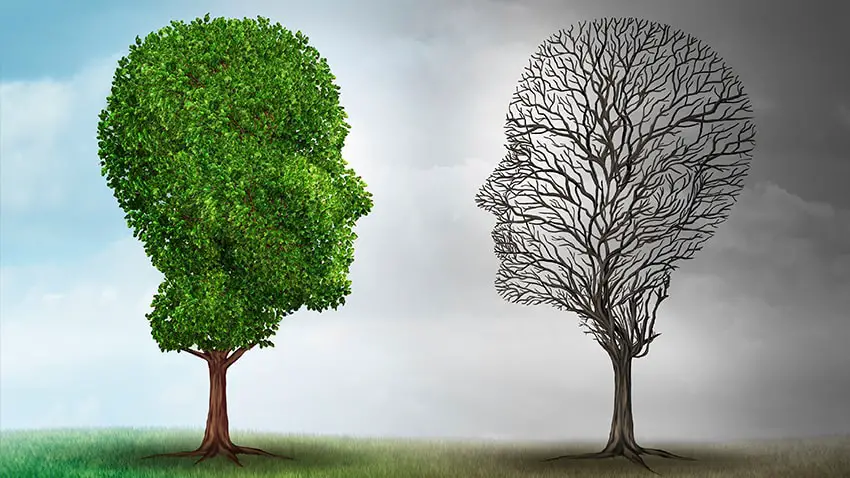While you may be looking for ways to improve your business and achieving the goals you want to in life. But what about your mental health?
Your mental health is important too, and bipolar disorder is something that can cause a lot of trouble for you.
We’ll go over what it is, how it’s diagnosed, and the treatment of such here.
What is it?
Bipolar disorder used to be called manic depression and is essentially a mental health issue that is characterized by having big mood swings, such as manic highs, and then some lows, which is depression.
The low points are very low, where hopelessness and sadness, and in general, a lack of interest in these activities that you know and love start to become obvious.
But then you move to hypomania, which is extreme mania where you feel energetic, euphoric, or annoyed. This can affect everything from sleep to your energy levels, to the judgment and actions of your behaviors, and even your ability to think in a critical manner.
This can happen in multiple instances each year, and some people experience many episodes or none at all.
You can manage the swings and symptoms with proper treatment, and getting diagnosed is a smart move since it can help you get a better hold on it as well.
How it’s Diagnosed
There are a few ways to diagnose if you have bipolar disorder.
First is a physical exam, which is when tests are done to look for medical issues that may be causing this.
You also may get a psychiatric assessment, which may help you with thoughts, behavioral issues, and the like. You also may be given a questionnaire to fill out too, in order to help isolate and understand the issues at hand.
Another way to diagnose is mood charting, where you keep a record of the moods you have, patterns for sleep, or other factors that will help with diagnosing this.
And finally, all of this will come together to help see if you suffer from bipolar disorder.
There are of course different types of bipolar disorders. The first is Bipolar I, which is where you’ve got a manic episode, and then a hypomanic or a depressive moment, and usually, this is triggered by a reality break such as psychosis.
There is also bipolar II disorder, which is where you have a depressive and a hypomanic episode, but never a full-on maniac episode. There is also cyclothymic, which is when this happens at least for a period of two years in adults where you have hypomania, and then depression symptoms.
There are also diagnoses that focus on bipolar caused by medical conditions, or by drug and alcohol abuse. If you have MS, stroke, or Cushing’s disease, you’ll be diagnosed with this.
What Treatments
Typically, treatment is done using medications to help balance out the moods, continued treatment for severe conditions or for those who have severe relapse symptoms, and also programs and treatment in some cases too.
Some may use day treatment programs to help get counseling to manage symptoms. There is also substance abuse bipolar treatment, which is done when the cause is drugs or alcohol abuse.
And finally, if there is a psychotic point in your bipolar condition, you may be hospitalized to get care to help with mood stabilization. This is especially done if you suffer from major mania, or you’re having a severe depressive episode.
Get Help Today!
Getting help, especially BPD Therapy is a valid option to help you. If you’re wondering if you do have symptoms, you should talk to a doctor and get help right away, especially if you have severe symptoms.







